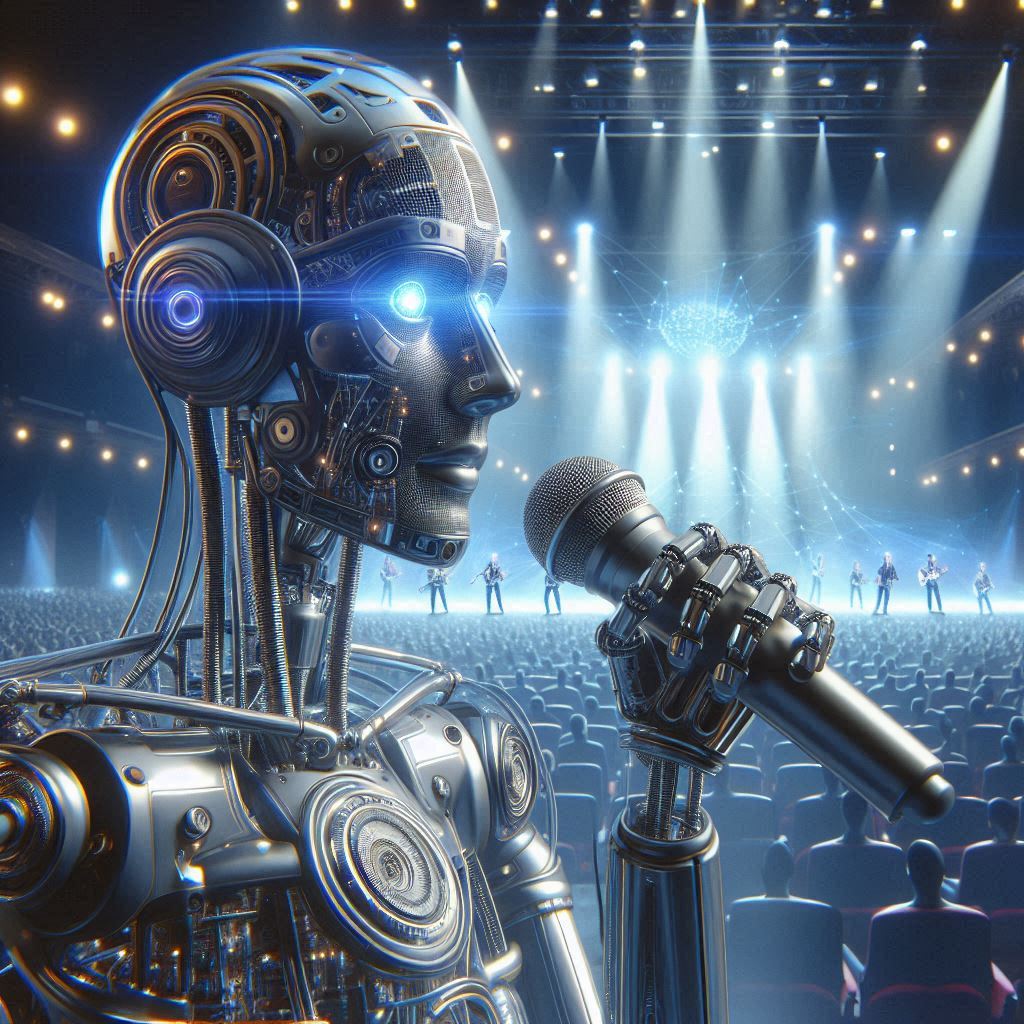AI in Live Performances: Enhancing Concerts and Theatrical Productions
The integration of Artificial Intelligence (AI) into live performances has revolutionized the entertainment industry. From concerts to theatrical productions, AI is enhancing the audience experience, optimizing performance quality, and transforming traditional practices. This article explores how AI is making its mark in live performances and highlights some of the most noteworthy advancements and applications.
AI in Concerts
AI has become a pivotal tool in the music industry, particularly in live concerts. It is being used to create immersive experiences, manage logistics, and even perform alongside human musicians.
| Application | AI Technology | Benefits |
|---|---|---|
| Sound Engineering | Machine Learning Algorithms | Real-time audio adjustments for optimal sound quality. |
| Lighting Design | Automated Lighting Systems | Dynamic lighting effects synchronized with music. |
| Audience Engagement | Interactive AI Platforms | Personalized experiences and real-time interaction. |
Success Stories and Exemplary Cases
Numerous artists and organizations have successfully integrated AI into their live performances. Notable examples include:
- Taryn Southern – A singer who used AI to compose her album “I AM AI”.
- Coldplay – Utilized AI for interactive light shows during their concerts.
- Coachella – Implemented AI for crowd management and enhanced security.
AI in Theatrical Productions
Theater has always been a space for innovation, and AI is taking it to new heights. From scriptwriting to performance analysis, AI is transforming the way theatrical productions are conceived and executed.
| Application | AI Technology | Benefits |
|---|---|---|
| Scriptwriting | Natural Language Processing (NLP) | Automated script generation and editing. |
| Performance Analysis | Machine Learning Models | Real-time feedback on actor performances. |
| Stage Design | Generative Design Algorithms | Innovative and adaptable set designs. |
Success Stories and Exemplary Cases
AI’s impact on theater is evident in several groundbreaking productions:
- The Curious Incident of the Dog in the Night-Time – Utilized AI for interactive set designs and dynamic lighting.
- Hamilton – Integrated AI for sound engineering and audience engagement.
- Dear Evan Hansen – Employed AI for real-time audience feedback and performance optimization.
Pros and Cons of AI in Live Performances
Pros
- Enhanced Audience Experience: AI enables personalized and immersive experiences for audiences.
- Optimized Performance Quality: Real-time adjustments and feedback improve the quality of performances.
- Innovation in Artistry: AI opens up new creative possibilities for artists and performers.
Cons
- High Costs: Implementing AI technologies can be expensive.
- Technical Challenges: Technical issues can disrupt live performances.
- Dependency on Technology: Over-reliance on AI might limit artistic spontaneity and human creativity.
The Future of AI in Live Performances
The future of AI in live performances is promising. As AI technologies continue to evolve, we can expect even more sophisticated applications in concerts and theatrical productions. Future trends may include:
- Advanced Virtual Reality (VR) Experiences: AI-driven VR could create entirely new realms of interactive performance.
- AI-Generated Content: More sophisticated AI algorithms may produce original music, scripts, and choreography.
- Seamless Integration: Improved AI integration will enhance the synergy between human performers and AI systems.
Conclusion
AI is undeniably transforming live performances, offering numerous benefits and new opportunities for creativity and innovation. While there are challenges to overcome, the potential for enhancing concerts and theatrical productions is immense. As artists and technologists continue to collaborate, the future of live performances will be shaped by the exciting possibilities that AI brings to the stage.



[…] evolve based on user interactions and preferences. This technological convergence is reshaping the entertainment and gaming industries, offering users immersive and personalized storytelling […]